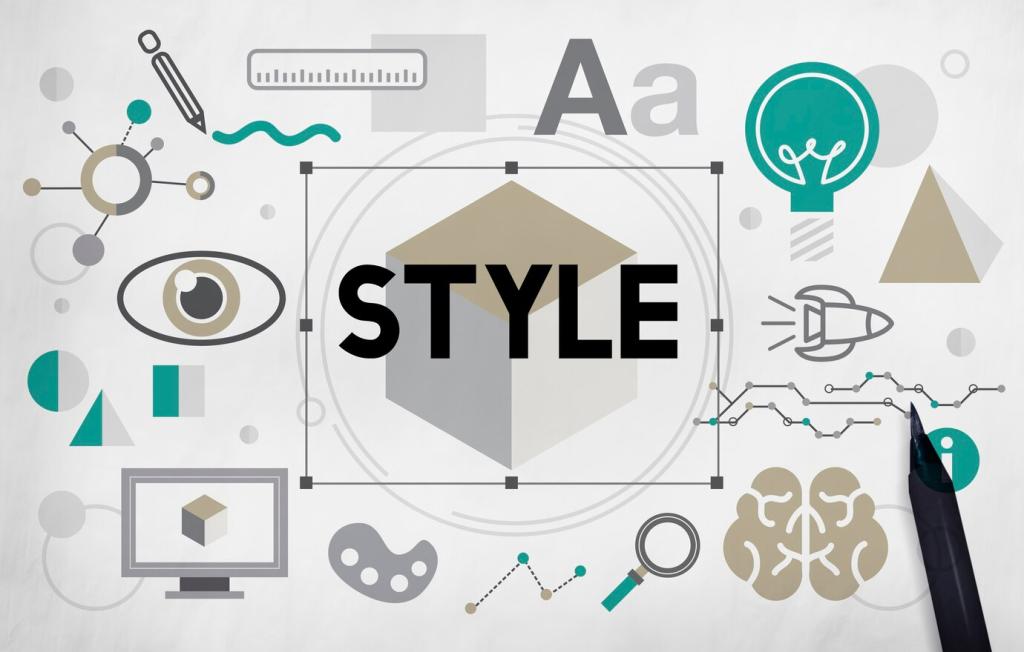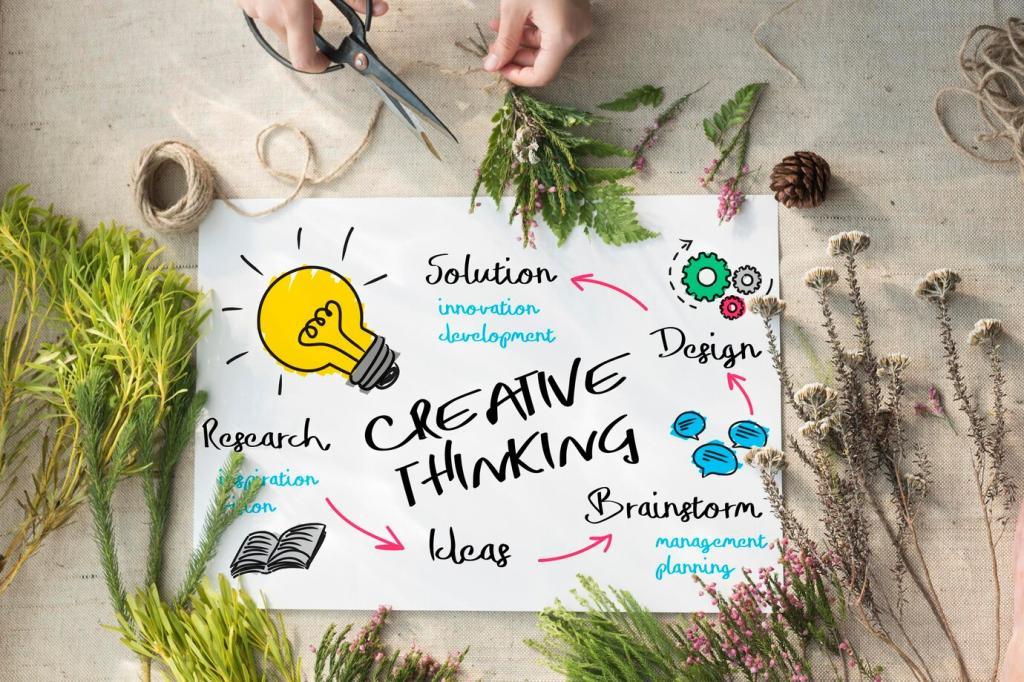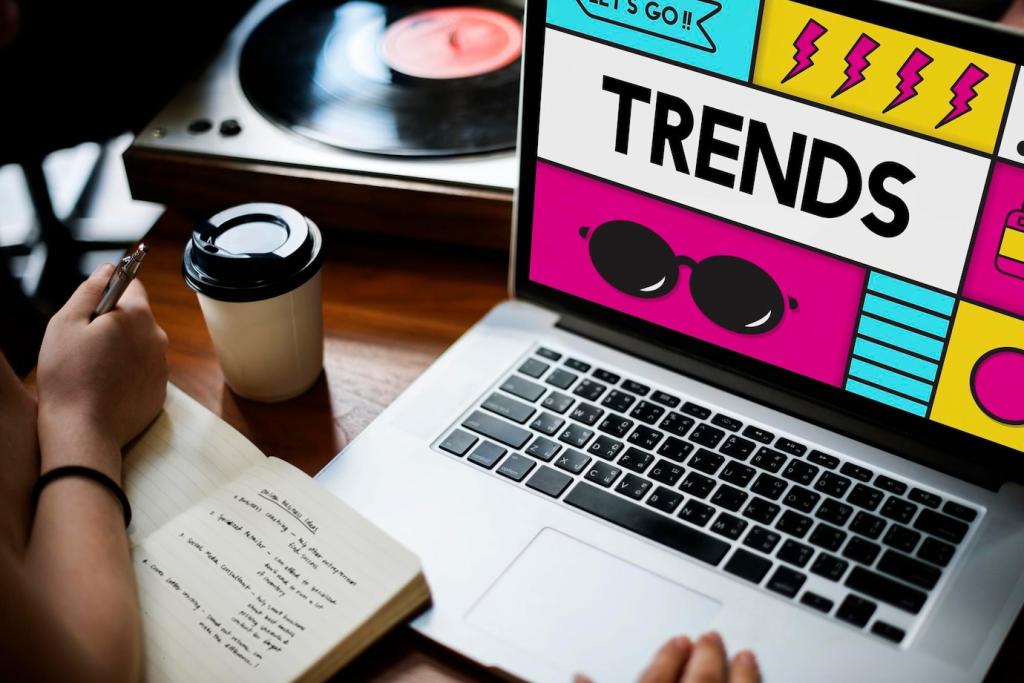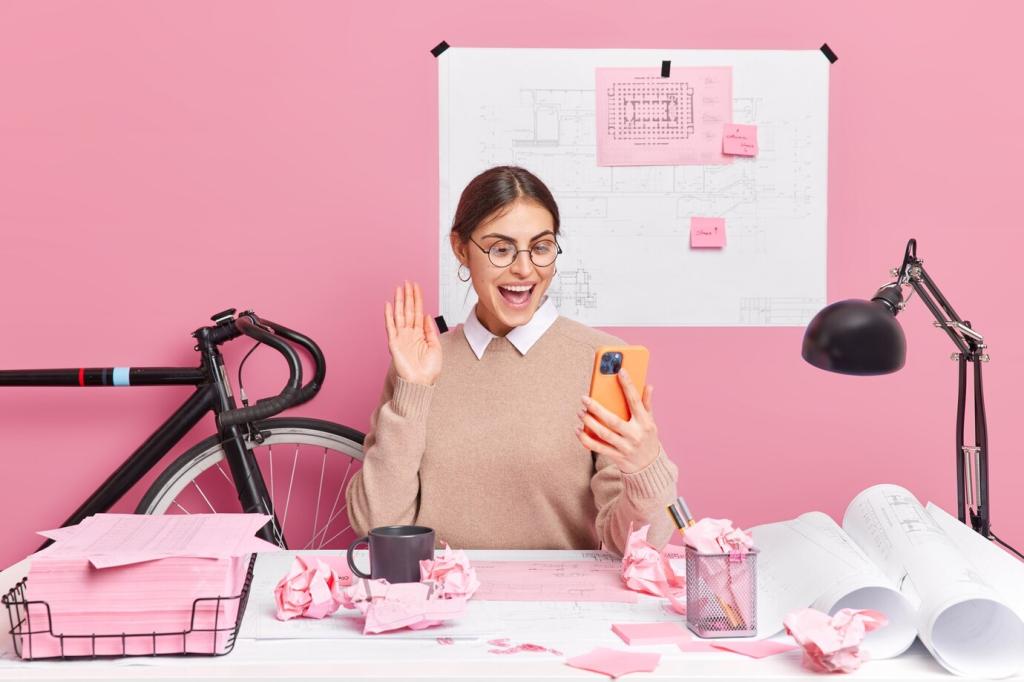Trust Language: Proof, Process, and Calm Assurance
Share specific outcomes: acoustic improvement measured in decibels, storage gained in linear feet, or energy savings after a lighting redesign. Invite readers to request a sample success metric relevant to their project type.
Trust Language: Proof, Process, and Calm Assurance
Outline phases with timeframes and touchpoints using friendly, exact language. Offer a downloadable roadmap via email signup, then ask for feedback on which step feels most mysterious so you can clarify it in future posts.











